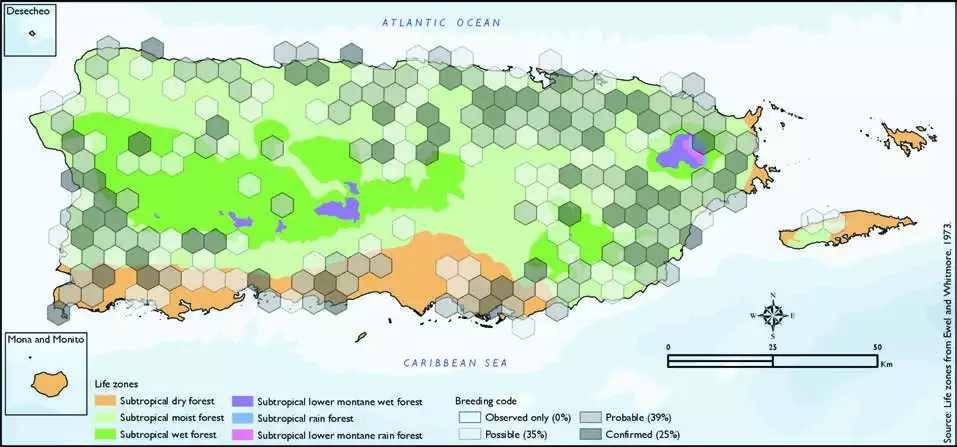Bronze Mannikin
Description
The bronze mannikin or bronze munia (Spermestes cucullata) is a small passerine (i.e. perching) bird of the Afrotropics. This very social estrildid finch is an uncommon to locally abundant bird in much of Africa south of the Sahara Desert, where it is resident, nomadic or irruptive in mesic savanna or forest margin habitats. It has an estimated global extent of occurrence of 8,100,000 km2. It is the smallest and most widespread of four munia species on the African mainland, the other being black-and-white, red-backed and magpie mannikin. It co-occurs with the Madagascar mannikin on the Comoro Islands, and was introduced to Puerto Rico. Especially in the West Africa, it is considered a pest in grain and rice fields. It is locally trapped for the pet bird trade.
.mw-parser-output .infobox-subbox{padding:0;border:none;margin:-3px;width:auto;min-width:100_;font-size:100_;clear:none;float:none;background-color:transparent}.mw-parser-output .infobox-3cols-child{margin:auto}
Distribution & Habitat
The Bronze Mannikin is a species widespread in Africa
(Oberle 2018) and a common
resident in Puerto Rico, where
it was likely introduced during
the early colonial era (Raffaele
and others 1998). In Puerto Rico,
this species commonly occurs
in lowland gardens, weedy lots
(Oberle 2018), fields, lawns, and
almost all habitats where grass
seeds are available (Raffaele and
others 1998). It has also been
reported for Culebra (Ventosa-
Febles and others 2005) and
Vieques islands (Gemmill 2015).
It is generally seen at elevations lower than 300 m (Oberle 2018),
but it has been seen above
450 m (Biaggi 1997). The atlas
fieldwork yielded a total of 331
records within 213 hexagons
or 44 percent of the 479 total
hexagons (see map). Of the 213
hexagons where this species
was found, breeding met the
atlas definition of confirmed in
25 percent (54) of the hexagons,
probable in 39 percent (84), and
possible in 35 percent (74), while
the species was observed in an
additional hexagon (<1 percent)
but without evidence of breeding
(see map). Bronze Mannikin distribution. The map shows the highest breeding code by hexagon and overlaying the ecological life zones in
Puerto Rico. Note: percentages may not total 100 due to rounding. 243Bronze Mannikin/Diablito

Breeding Habits
Previously published reports indicate that Bronze Mannikin
breeding extends from March
to October (Raffaele and others
1998). The nests are round-
shaped structures made of hay
and dried grass (Biaggi 1997).
Atlas results show that this
species breeds throughout the
year with the most breeding
activity during May and June.
(see chart). Breeding peaks in
June, and the breeding activity
mostly takes place within the
subtropical moist forest life zone. Results show that this species
mostly breeds in lowlands within
the subtropical moist forest
life zone (74 percent of the
hexagons) (see table). However,
results also indicate that this
species breeds in the subtropical
dry (17 percent of the hexagons)
and subtropical wet forest
(9 percent of the hexagons)
life zones as well (see table
and map).
Conservation
The global population size for the Bronze Mannikin has not
been quantified or assessed, but the species is described
as common and widespread
(Clement 1999). This species
is currently listed as a species
of least concern by the IUCN
(BirdLife International 2016).
Locally, this species is not
listed in any of the threatened
categories of PRDNER and
USFWS. In Puerto Rico, the
Bronze Mannikin has a protected
habitat in land of 10 percent or
512 km2 of the total area covered by the hexagons where evidence
of breeding was found for this
species (5069 km2).
Related Species
Family:
finch